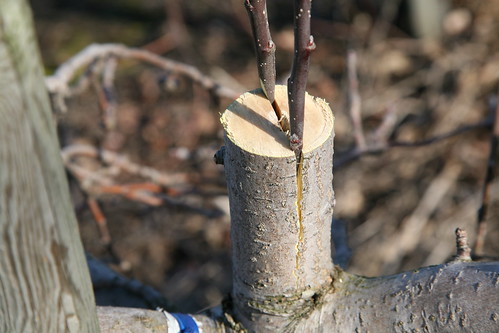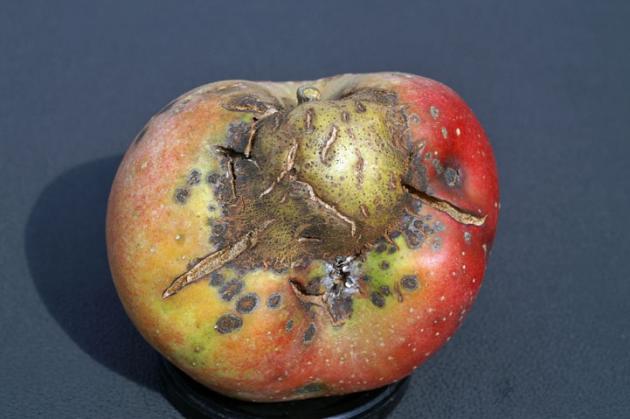Powdery mildew can be a persistent disease of susceptible apple cultivars throughout the United States. It is one of the most predominant diseases in the more arid apple growing areas. It is the only fungal apple disease that is capable of causing infection without wetting from rain or dew.
Powdery mildew causes whitish lesions on curled or longitudinally folded leaves, stunted whitish-gray twig growth evident on dormant shoots, and fruit russeting. Economic damage occurs in the form of aborted blossoms, …



